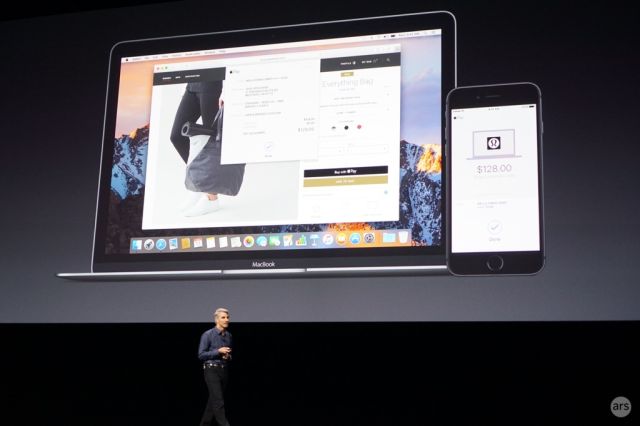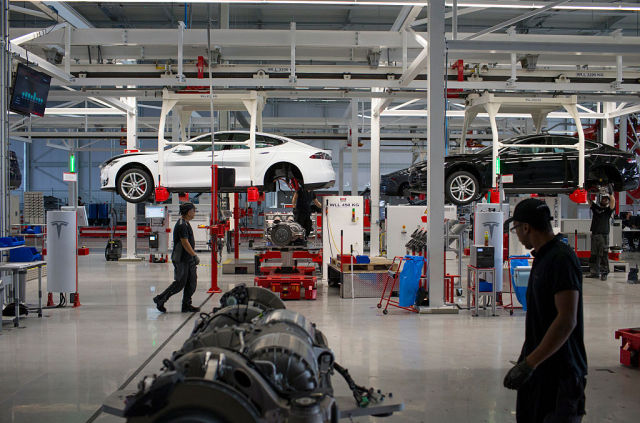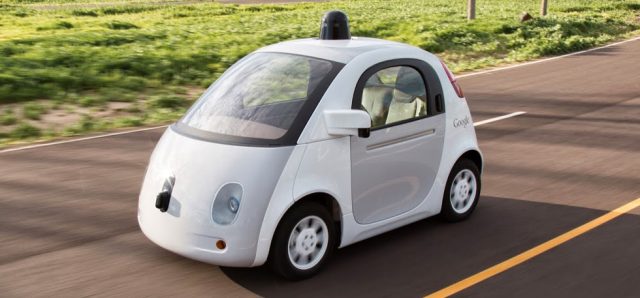According to a testing company called Emissions Analytics, many diesel vehicles on the road in the European Union are emitting much more nitrogen oxide (NOx) than expected at temperatures below 18 degrees Celsius (approximately 64 degrees Fahrenheit). While it’s public knowledge that automakers in the EU are allowed to kill the emissions control systems on their diesel vehicles in cold weather to prevent damage to the engine, it seems that “cold” has not been properly defined, and car engineers are taking advantage of that fact.
According to the BBC, Emissions Analytics tested 213 cars from 31 manufacturers and found that “millions of vehicles could be driving around much of the time with their pollution controls partly turned off.” Apparently, cars that adhere to the Euro 5 emissions control standard (which was announced in September 2009 but became mandatory in January 2011) are among the worst offenders. The more current Euro 6 cars did better on Emissions Analytics’ tests but also showed discrepancies at relatively warm temperatures.
While turning off the emissions control system can have benefits for the longevity of a diesel engine, it also can improve the car’s miles-per-gallon rating. That creates a tension between priorities—a car might release more NOx but get better gas mileage, cutting down on carbon dioxide (CO2) emitted. But NOx is a potent greenhouse gas, too, and auto manufacturers might be motivated to hide how their cars cause pollution by favoring a high mpg number while the car is still belching toxic NOx in order to market their cars to environmentally conscious customers.








